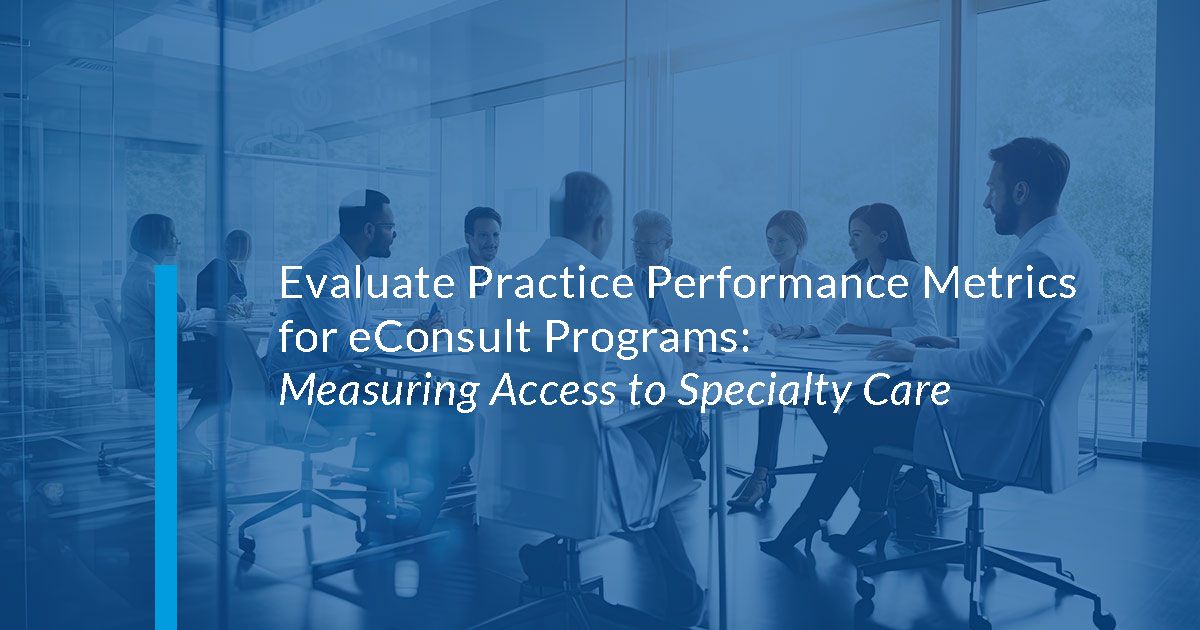Partnering to Lead: FQHCs Drive Quality Patient Care with a
Clinically Integrated Network
The Transition to Value-Based Care
As I mentioned when we first were initiated, primary care is a valuable form of alternate payment methodologies. But we’re actually in the midst of the transition to value-based care and value-based payment reform. And so, you know, thinking of the difference within the space is going from a population-based to an OR versus an episode-based. So what we challenge our health centers to do is the 350,000 patients that we have attributed, we have to think of them regardless if they’re in your four walls or not. And so it’s a full approach to the engagement of every provider in every payer or every community-based organization. And it’s a team effort to move this patient into the space where they are achieving access and equity. So the key goal here is that it’s patient-centric, and it’s a true population health technique. In the end, we’ll reduce cost, but we tend to lean more toward access and quality and that cost will follow.

Evaluate Practice Performance Metrics for eConsult Programs:
Measuring Patient Access to Specialty Care
With considerable time and effort, at-risk practices identify patients at high risk of serious health events. We want to use this same information to develop an eConsult strategy.
- ED use – a costly alternative to a specialist visit.
- Unscheduled or canceled specialty care appointments.
- Boomerang appointments to primary care.
Increasing access to specialty care is the goal. Together, we can track and communicate which specialties are most:
- Needed by the patients you serve
- Likely to improve outcomes
- Appropriate for eConsult
- Valuable to your practice
Identify Specialties with Long Appointment Wait Times
There are many reasons why patients must wait too long to get an appointment with a specialist.
- Not all specialists accept Medicare and Medicaid.
- Doctors in many specialty areas are unevenly distributed across the country.
- Patient referrals are often scheduled by the urgency of the condition.
- Current patients are prioritized for appointments.
Merritt Hawkins reports that the nationwide average wait time to see an orthopedic surgeon is relatively short – just 16.9 days. However, looking at the average can be misleading.
- This average is a 48% increase when compared to 2017
- Getting an appointment with an orthopedist varies tremendously by location – San Diego averages 55 days!
Several factors impact appointment wait times. Not all specialists accept Medicare and Medicaid. Specialists are often clustered in metropolitan areas and unevenly distributed across the county.
Patient’s are less likely to schedule and attend a specialist appointment:
- When the wait time is extended.
- Travel distance to the specialist is significant.
- Cost of the appointment is high — the patient has high-deductible insurance, or the specialist is out-of-network.
